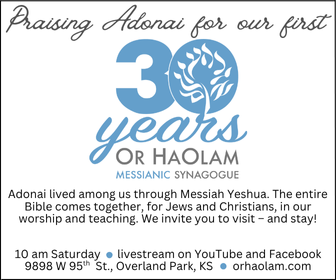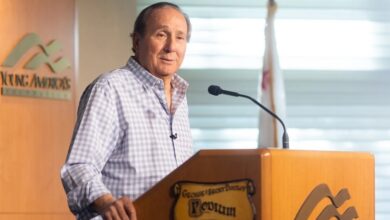1991 – 2024: Swapping Christ for a Holy Russian Empire
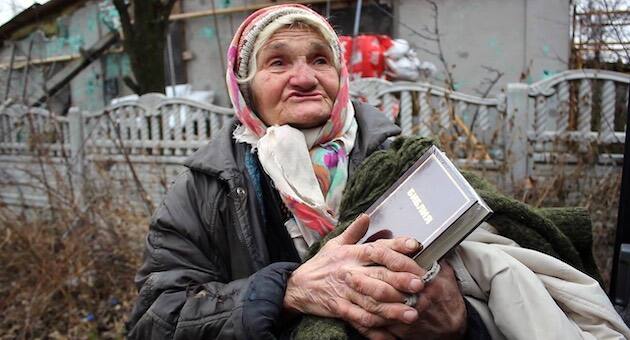
- The world was changing in wonderful and confusing ways.
The Berlin Wall, that concrete block demarcation between the free West and the Iron Curtain of communism, fell to the ground two years before. The icy grip of the Union of Soviet Socialist Republics (U.S.S.R.) was beginning to melt, and the warm winds of democracy were blowing across Eastern Europe.
And now, the U.S.S.R. itself was slipping away into history.
“I was there in November 1991,” recalled Christian author Philip Yancey, “and by Christmas of that year [U.S. President] George H. W. Bush announced that the Soviet Union was no more.”
Yancey went to Russia as part of a Christian Bridge mission invited by the new Russian government to explore bringing Christian faith and morality to Russia. He went with a U.S. team that included Peter and Anita Deyneka, founders of Mission Eurasia (missioneurasia.org), which provides humanitarian support and plants churches in the former republics of the Soviet Union; and John Bernbaum, who eventually founded and led the Russian-American Christian University in Moscow from 1996 to 2013 (check).
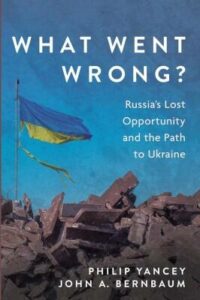 In their 2024 book, “What Went Wrong? Russia’s Lost Opportunity and the Path to Ukraine,” Yancey and Bernbaum explore Russia’s peaceful revolution and how it devolved 31 years later into an unprovoked war on a peaceful neighboring nation.
In their 2024 book, “What Went Wrong? Russia’s Lost Opportunity and the Path to Ukraine,” Yancey and Bernbaum explore Russia’s peaceful revolution and how it devolved 31 years later into an unprovoked war on a peaceful neighboring nation.
In 1991, the Christian Bridge ambassadors were treated as VIPs. They met with the KGB, enjoyed a private meeting with Russian President Mikhail Gorbachev, and were told their visit was more important than reducing the nuclear arsenal.
Russian leaders were desperate to figure out how to keep the society from spinning into oblivion, not just economically but morally. They saw their Christian American emissaries as saviors.
“At the time, it seemed like half of the world was changing forever,” Yancey said. “I had been raised under the fear of the global spread of communism, the red stain taking over more and more countries. But now it was reversed. Russia was admitting all the horrors we knew about, but their people did not know about. It seemed like they had learned their lesson.”
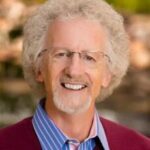
From this sudden turnabout, Yancey hoped Russia would stop targeting the U.S. with thousands of nuclear missiles. And secondly, he knew the suffering that Russians had endured—40 million lost in World War II, 60 million under the hobnailed boot of Joseph Stalin and the Communists. He hoped for hope.
“For a while, you saw people smiling in Russia,” Yancey said. “There had been food and clothing available and not the long lines to buy one loaf of bread. But as soon as the autocracy kicked in again, the impassive faces came back. You could not trust anybody else.”
Westerners, like the Christian Bridge mission, were welcome in Russia for a very narrow period of time, from 1991 to about 2000. But blunders by the West, which made Russia’s economy worse rather than better, set the stage for the rise of a familiar political animal—autocracy.
In 1999, Vladamir Putin ascended from nowhere, a former KGB agent in East Germany, to serve as prime minister. By 2012, Putin was elected president, a title he has held ever since. Between his roles as prime minister and president, Putin has served longer than any Russian or Soviet leader since Stalin.
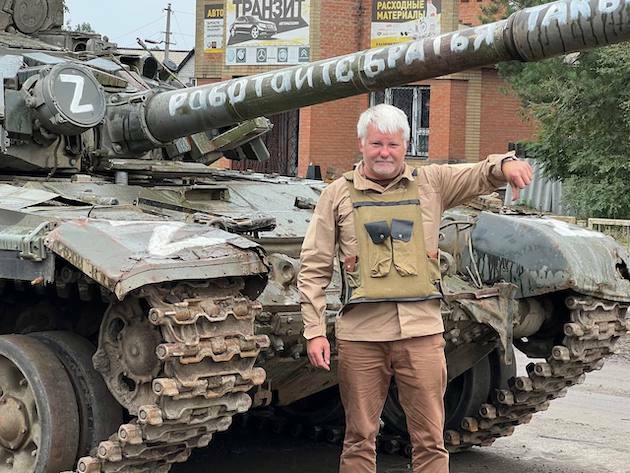
“He was a Marxist school guy, not a politician,” Yancey explained. “He was not a public figure; he did not make speeches. But he was chosen with [former Russian president] Boris Yeltsin’s blessing. He was someone that powerful people thought they could control, and he has grown into the job.
“He is a true believer. He sees the breakup of the U.S.S.R. as the greatest tragedy of the 20th century. He wants to restore Russia’s lost prestige and territory. That is his mandate.”
At some point in his tenure, Putin’s pursuit of a new Russia became a religious cause. “It’s hard to pin down, but at some point, he allied himself with the Russian Orthodox Church,” Yancey said. “He cut a deal with them, agreed to rebuild thousands of churches destroyed or converted into barns. In return, he received the complete loyalty of the patriarchs of the church. After that, Putin began talking about being baptized as a child and how his grandmother was a devout believer.”
READ: How Putin built this cathedral to honor war
Putin now has a “sacred commitment,” as Yancey shared, to recreate the old Russian empire, once ruled by a different autocrat named Vladimir—Vladimir the Great. In 988, ruling from Kyiv, Vladimir the Great converted Russia into a Christian nation from paganism, choosing to align with the Russian Orthodox faith because of the beauty of the church’s pomp and circumstance. For Putin and Russian Orthodox Patriarch Kirill, Kyiv is a holy place that must be retaken.
Putin will say that Russia is the most Christian nationalist country in the world”
“Putin will say that Russia is the most Christian nationalist country in the world,” Yancey said. “Yet there was no indication of these conservative beliefs about abortion or LGBTQ rights. But once he signed on with Kirill, he began railing against the decadence of the West—and he does have a good point.”
But for Putin and Kirill, that fight against Western debauchery includes bombing Ukrainian maternity hospitals, kindergartens, and nuclear power facilities.

While Russia has veered into a dangerous nationalist fantasy, Ukraine remained open to Western help. Even though Ukraine has struggled with political corruption at times, democracy has gained a steady foothold, and the church has thrived. Ukraine has been called Europe’s Bible Belt. Baptists, Catholics, and Ukrainian Orthodox congregations have joined forces to fight some of the nation’s worst social crises.
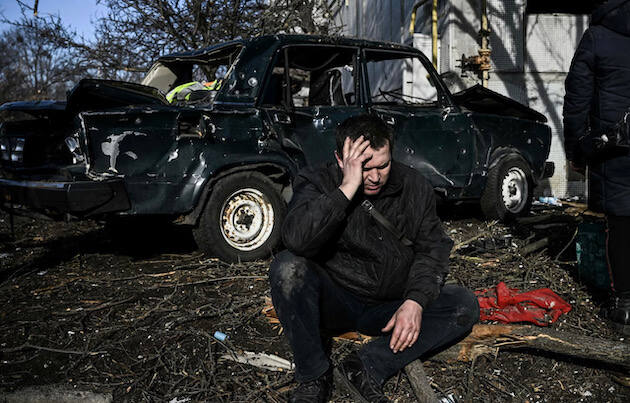
Since the war began, Mission Eurasia, now led by President Sergey Rakhuba, has been pouring humanitarian aid and Gospel ministry into Ukraine. Mission Eurasia has served more than 300,000 refugees at centers in Poland and Moldova, delivered more than two tons of food, and handed out more than two million New Testaments and copies of biblical literature, even after the Russian army destroyed Mission Eurasia’s headquarters outside Kyiv.
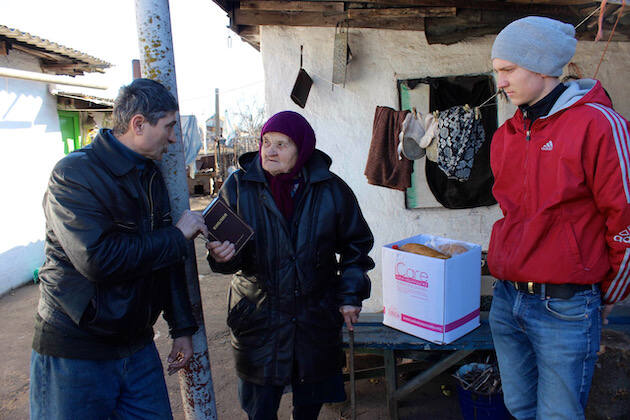
They have supplied wood-burning stoves in-country when Russia assaulted the nation’s power grid so Ukrainians would be able to continue preparing food and staying warm.
It is important for American Christians to continue supporting Ukraine, in spite of the fatigue of two years of war, Yancey said.
“We had a hinge moment in history in 1989,” he said. “The Berlin Wall fell and country after country, one-third of the world, began to experience freedom for the first time: Hungary, Poland, the Czech Republic, Romania, Russia for a short time.
“Now we face another hinge moment. If Russia is allowed to conquer Ukraine, this will embolden dictators in China, North Korea, Iran, Myanmar. That wave of democracy we experienced around the turn of the century will be overwhelmed by another wave of autocracy.”
And for American Christians, there is an even larger purpose at stake—concern for the suffering of our brothers and sisters in Christ. “A healthy body is not a body that cannot feel pain. Those with leprosy do not feel their pain cells, and it destroys them. The healthy body attends to the pain of its weakest part. One of our weakest parts is the church in Ukraine. When one part suffers, the whole will suffer. We are obligated to do what we can.”
To support the people of Ukraine in this time of great need, visit missioneurasia.org.
–Clem Boyd | Special to Metro Voice



